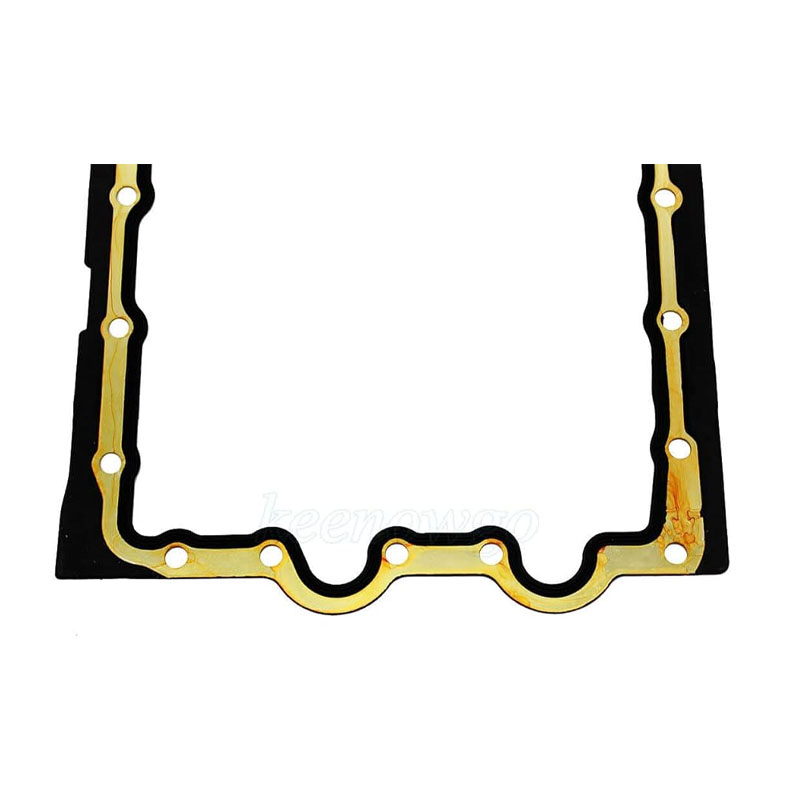Understanding the Importance of Rear Crank Seal in Engine Performance and Maintenance
Understanding the Rear Crank Seal Importance, Function, and Maintenance
The rear crank seal is a crucial component in internal combustion engines. Often overlooked during routine maintenance checks, this seemingly small part plays a significant role in the overall performance, efficiency, and longevity of an engine. In this article, we will explore the importance of the rear crank seal, how it functions, and what measures can be taken to maintain it effectively.
What is the Rear Crank Seal?
The rear crank seal, also known as the rear main seal, is located at the rear of the engine where the crankshaft exits the engine block. Its primary function is to prevent engine oil from leaking out of the engine while also keeping contaminants such as dirt and dust from entering the engine. This seal is usually made of rubber or a similar material, designed to withstand the extreme pressures and temperatures present in an internal combustion engine.
Importance of the Rear Crank Seal
The rear crank seal is vital for several reasons. First and foremost, it ensures that the engine maintains the necessary oil pressure. Oil is essential for lubricating moving parts within the engine, reducing friction, and preventing wear and tear. If the rear crank seal fails, oil leaks can occur, leading to lower oil levels, which can subsequently cause serious engine damage.
Moreover, a leaking rear crank seal can lead to the contamination of engine components. Not only does escaping oil create a mess, but it can also attract dirt and debris, which can enter the engine and cause additional damage. Regular inspections of the rear crank seal can proactively address these potential issues.
Signs of a Failing Rear Crank Seal
rear crank seal

Recognizing the symptoms of a failing rear crank seal is critical for timely maintenance. Some common signs include
1. Oil Leaks The most apparent sign of a bad rear crank seal is oil pooling under the vehicle or noticeable oil drips around the rear of the engine. 2. Low Oil Levels Frequent checkups showing decreased oil levels without apparent leaks elsewhere can point to a failing seal. 3. Oil Pressure Warning Light A drop in oil pressure due to a leak can trigger the oil pressure warning light on the dashboard. 4. Burning Oil Smell If oil is leaking onto the exhaust system, it will produce a burning smell.
Maintenance and Replacement
Maintaining the rear crank seal requires regular engine inspections. During routine maintenance, mechanics should check for any signs of wear or leakage around the seal. If leaking is detected, it’s crucial to replace the seal promptly to avoid more extensive damage to the engine.
Replacing a worn-out rear crank seal can be labor-intensive as it often involves removing the transmission and sometimes the entire engine. Therefore, it is usually recommended to replace the rear crank seal during other major repairs or overhauls when the engine is already apart.
Conclusion
The rear crank seal may seem like a minor component, but its role in maintaining engine performance and preventing oil leaks is paramount. Regular checks can save vehicle owners from costly repairs and downtime associated with engine damage. If oil leaks or other symptoms of seal failure are noticed, addressing them quickly will help ensure that the engine continues to run smoothly and efficiently. Understanding the importance of the rear crank seal is essential for all vehicle owners, emphasizing the need for proactive maintenance to keep your engine healthy and performing at its best.
-
The Ultimate Guide to Car Repair Kits: Tools and Essentials Every Driver Should Own
News Aug.01,2025
-
The Complete Guide to Oil Pan Gaskets: Sealing Engine Leaks the Right Way
News Aug.01,2025
-
Preventing Oil Leaks: A Complete Guide to Oil Pan Gaskets and Drain Seals
News Aug.01,2025
-
Everything You Need to Know About Oil Pan Gaskets and Drain Plug Seals
News Aug.01,2025
-
Essential for Car Owners: How to Use a Car Repair Kit to Deal with Minor Breakdown
News Aug.01,2025
-
Comprehensive Guide to Engine Oil Sump Gaskets and Related Seals
News Aug.01,2025
-
The Ultimate Guide to Boat Propeller Bearings and Trailer Wheel Bearings
News Jul.31,2025
Products categories















